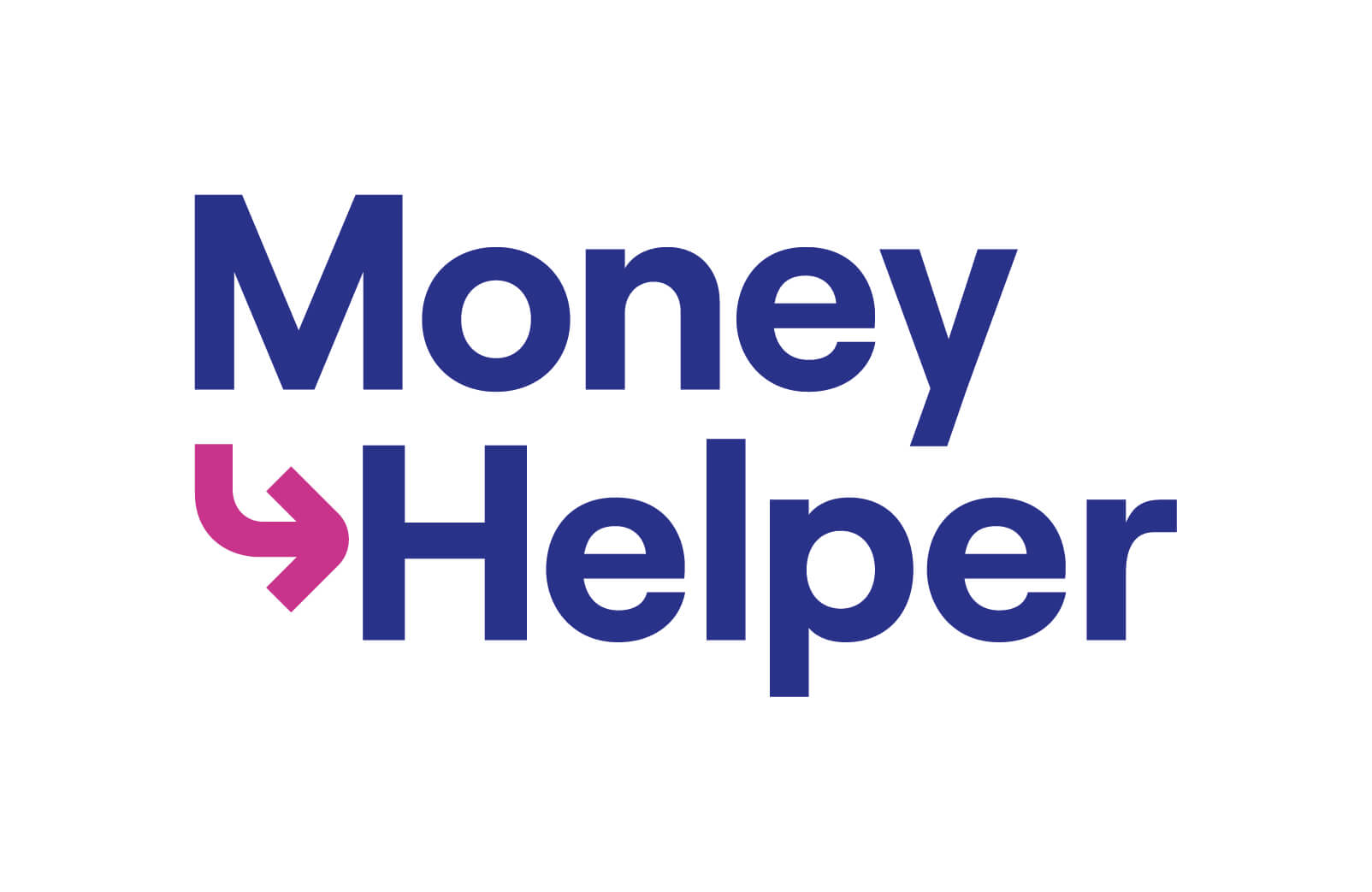Sequestration (Bankruptcy) in Scotland
Sequestration, also known as bankruptcy, is a formal legal process in Scotland for people who are unable to repay their debts. It allows you to have your debts written off, providing a fresh financial start. However, sequestration has serious consequences, so it’s important to understand how it works and whether it’s the right solution for your circumstances.
What is Sequestration?
Sequestration is a form of insolvency where most of your debts are legally written off. If you’re unable to repay your debts and have no other options, sequestration can provide a way to clear your debts and start over. You may be required to sell certain assets, such as your home or car, to help repay what you owe.
Sequestration usually lasts for a year, but its effects, like the impact on your credit rating, can last much longer.

To find out more about managing your money and getting free advice, visit Money Helper, an independent service set up to help people manage their money.
Who Can Apply for Sequestration?
You can apply for sequestration if:
- You live in Scotland.
- You owe more than £3,000 in total.
- You cannot repay your debts in a reasonable time.
- You haven’t been made bankrupt in the last five years.
- You’ve been advised by an approved money adviser or licensed insolvency practitioner.
You can apply for sequestration yourself, or your creditors can apply to make you bankrupt if you owe them more than £3,000.
How to Apply for Sequestration
To apply for sequestration, you’ll need to:
- Speak to an Approved Money Adviser: A licensed debt adviser will assess your financial situation and confirm that sequestration is the best solution for you.
- Complete the Application: Your adviser or insolvency practitioner will help you complete the necessary paperwork.
- Pay the Application Fee: The cost of applying for sequestration is usually £150.
- Trustee Appointment: A trustee (usually an insolvency practitioner) will be appointed to manage your financial affairs during the sequestration period.
Once your application is approved, you will be declared bankrupt, and your assets and finances will be managed by the appointed trustee.
What Happens During Sequestration?
Once you are declared bankrupt:
- Trustee Management: A trustee will be appointed to take control of your assets and finances. They will sell your assets to help repay your debts.
- Payments to Creditors: If you have any income left over after covering your basic living costs, you may be required to make monthly payments to your creditors for up to four years.
- Debt Write-Off: After 12 months, most of your remaining debts will be written off, unless your circumstances change.
Which Debts Can Be Included in Sequestration?
Sequestration can cover most types of unsecured debts, including:
- Credit cards
- Personal loans
- Store cards
- Overdrafts
Certain debts cannot be included, such as:
- Secured debts (like mortgages)
- Child maintenance payments
- Student loans
- Court fines
Advantages of Sequestration
- Debt Write Off: Most of your debts will be written off after 12 months, giving you a fresh financial start.
- Legal Protection from Creditors: Once sequestration begins, creditors cannot take legal action against you or demand immediate repayment.
- No Payments for Low Income Debtors: If you have low income and no assets, you may not need to make any monthly payments.
Disadvantages of Sequestration
- Loss of Assets: You may have to sell valuable assets, such as your home or car, to repay your debts.
- Impact on Credit Rating: Sequestration will negatively affect your credit rating for six years, making it difficult to borrow money in the future.
- Public Record: Your sequestration will be recorded on the public Register of Insolvencies, which is accessible to anyone.
- Restrictions: During the sequestration period, you may face restrictions on certain financial activities, such as borrowing money or starting a business.
Is Sequestration Right for You?
Sequestration may be a suitable option if:
- You have significant debts that you cannot repay in a reasonable time.
- You are willing to sell your assets to clear your debts.
- You have few other options for debt relief and need a fresh financial start.
However, sequestration is a serious decision and should only be considered when other options aren’t suitable. Before applying for sequestration, it’s important to consider other debt solutions, such as:
- Debt Arrangement Scheme (DAS): Allows you to repay your debts in full over time without losing assets.
- Protected Trust Deed: A legally binding agreement to repay part of your debts over four years, with the rest written off.
- Minimal Asset Process (MAP) Bankruptcy: A simplified and cheaper form of bankruptcy for people with low income and few assets who owe between £1,500 and £25,000.
Get Professional Advice
Sequestration is a serious legal process that can have long-lasting effects on your finances. Before applying, you should speak with an approved money adviser or licensed insolvency practitioner. They can assess your situation and help you decide if sequestration is the right solution for you, or if another debt solution would be more appropriate.
